The Price of Aortic Aneurysm Surgery in Iran
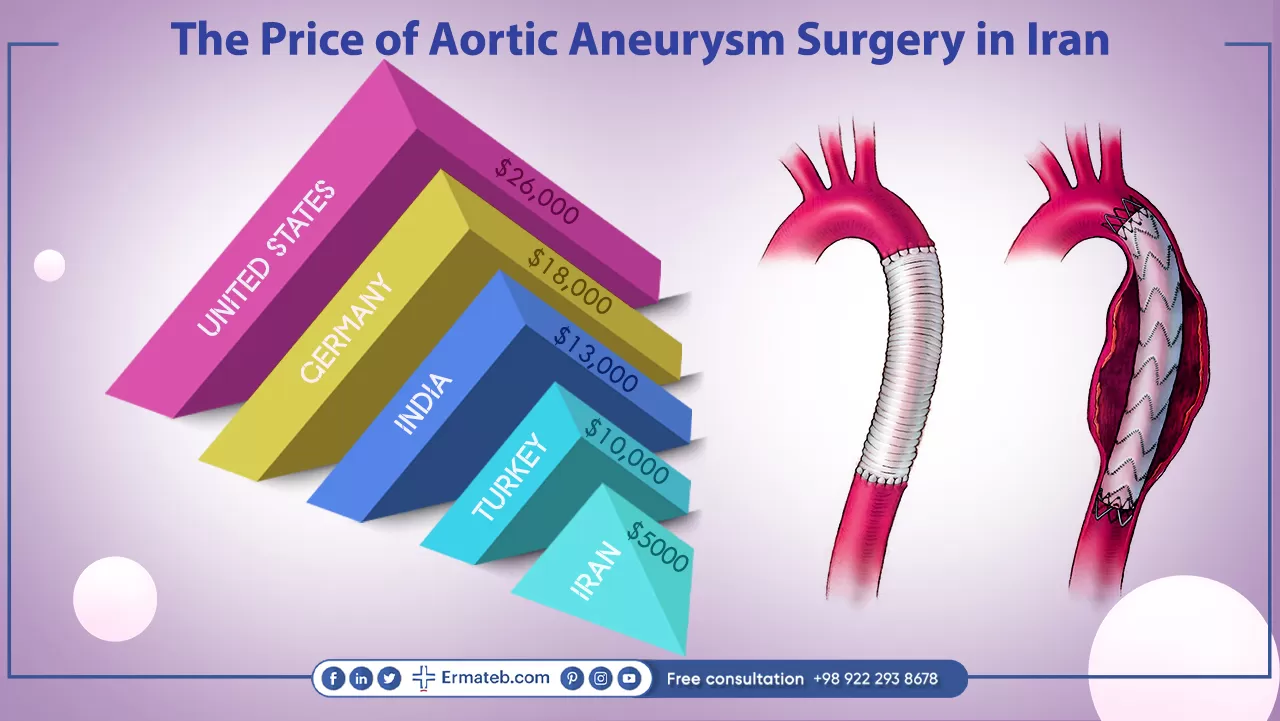
The cost of heart surgeries in Iran, in this case, aortic aneurysm surgery in Iran, varies depending on some factors such as the surgeon, hospital, and additional costs like anesthesia and required hospital stay. To undergo the surgery in this country or other types of surgeries related to the heart such as heart valve surgery in Iran, patients pay much less compared to most countries where the same quality care is offered. In New Zealand, for example, the cost of the same surgery is about $30,000 excluding the extra costs. The low prices in Iran are because of the low currency of this country and therefore international patients can undergo high-quality surgery while paying much cheaper and save an amount of money in Iran. To get more information contact us via WhatsApp, or you can fill out the online form on our website.
How Is It Performed?
Once the aneurysm reaches a dangerous size and it’s growing too fast, doctors will recommend surgery. However, you should know that not all operations to repair aneurysm are performed on an emergency basis. Some cardiologists recommend elective surgery to prevent aneurysm rupture or dissection.
Two types of aortic aneurysms include thoracic aortic aneurysms and abdominal aortic aneurysms (AAA). The former aortic aneurysm is located in the person’s chest area and usually, the surgeon tries to repair it by the use of open-chest surgery. The common type of aortic aneurysm is the abdominal aortic aneurysm. The procedure to repair an abdominal aortic aneurysm in most cases involves the endovascular method.
Different Types of Aortic Aneurysm Surgery
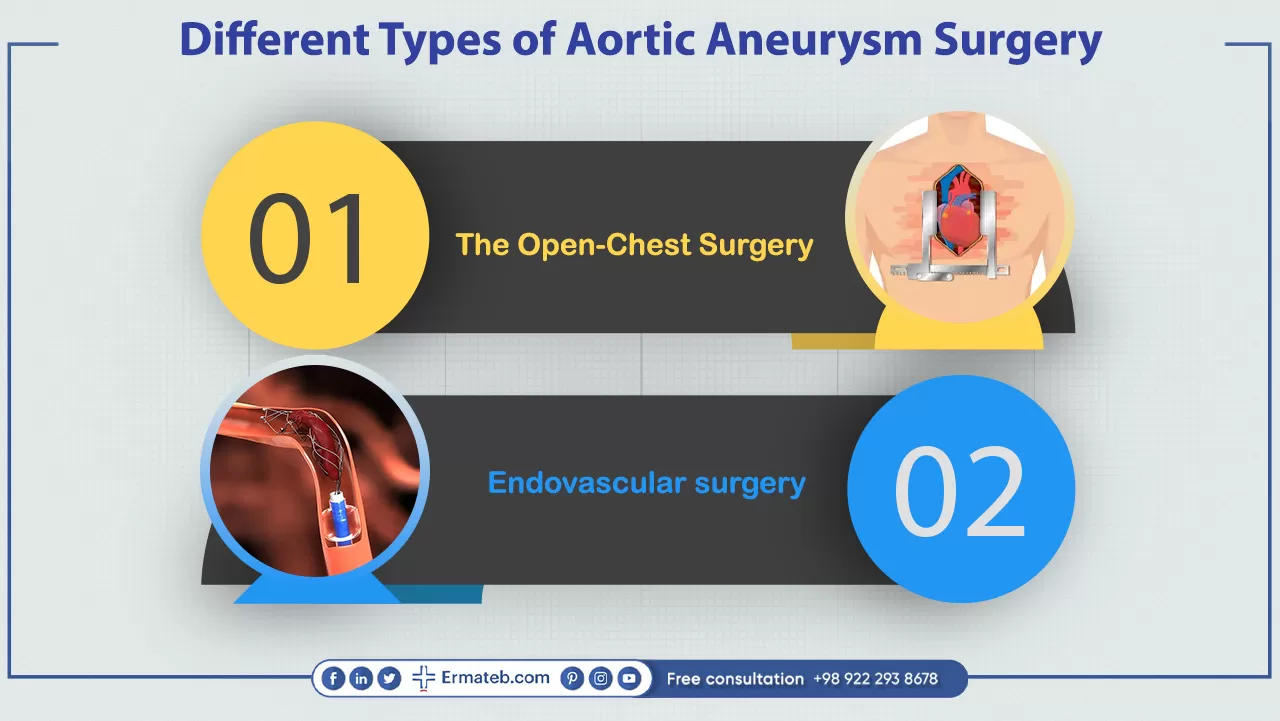
In general, there are two main approaches to aortic aneurysm surgery. Depending on the size and location of the aneurysm, your surgeon chooses a technique to operate on the blood vessel. The two types of aortic aneurysm surgery are:
1.Open surgery:
The open-chest surgery, also called open-abdominal surgery, is the most common type of operation to repair an aneurysm. This procedure includes cutting open the area to expose the artery. Through this incision, your surgeon operates on the artery. The surgical procedure can be performed on the thoracic aorta or the abdominal aorta.
To repair an aortic aneurysm through the open approach, the weakened part of the aorta will be replaced with a tube or graft. The surgery might take 2 to 6 hours and the patient may have to stay at the hospital for a week following the operation.\
2.Endovascular surgery:
Endovascular Aortic Repair surgical procedure, also called EVAR, is a less invasive alternative to traditional open surgery. This procedure includes making small incisions on the groins. By the use of these incisions, the surgeon threads a catheter into the aorta. The catheter carries a certain stent that will be left at the aneurysm’s location.
As an outcome, blood flow can’t put additional pressure on the weak aortic walls or increase the swelling. Depending on the location of the bulge in the aorta, the surgeon might use a fenestration or stent graft. You might need to spend one or several days at the hospital after the surgery.
Both surgeries are often performed under general anesthesia. Open surgery usually takes up to 6 hours, and endovascular surgery will take about 3 hours. The surgeon decides which method is suitable for your case.
Who Can Be a Candidate for Aortic Aneurysm Surgery in Iran?
Depending on the patient’s age, gender, genetics, and where the aneurysm is located, the risk of the procedure might be low or high. Aortic aneurysm surgery is considered for people who meet certain criteria including:
1.If the aneurysm is growing quickly, usually more than 1 centimeter per year, surgery may be necessary in order to prevent rupture.
2.When the bulge is larger than 5 cm in women and 5.5 cm in men.
3.When the rate of the aneurysm’s progression is high, raising the risk of its dissection.
4.Surgery is usually indicated if the aneurysm causes symptoms including pain, coughing, hoarseness, or difficulty breathing.\
Before Aortic Aneurysm Surgery
Before the surgery, there are some essential steps to take to ensure a successful surgery and smooth recovery which are:
1.The healthcare provider will conduct thorough assessment to evaluate the patient’s overall health and suitability for operation.
2.Blood tests, imaging (like CT or MRI), and other diagnostic tests may be performed to assess the patient’s kidney function and identify any potential risks.
3.The patient should inform the provider about all medications they are currently taking, such as prescription drugs, over-the-counter medications, and supplements. Some medications may need to be stopped before the operation, so the patient should follow the provider’s instructions carefully.
4.The patient will undergo a physical exam to ensure he/she is fit for surgery.
5.The provider will check the patient’s vital signs, heart function, and overall health.
6.The patient will be asked to fast for at least 8 hours before the procedure, typically starting after midnight on the day of the surgery.
7.The patient will sign a consent form that permits the surgery. This form outlines the risks, advantages, and details of the procedure.
Recovery And Aftercare
After the patient is discharged from the hospital, he or she will be given some instructions on how they should take care of the incision and the activities they should avoid. Usually, it will take about 2 to 3 months to fully recover from aortic aneurysm surgery, but the patient can do most of their usual activities about 4 to 6 weeks after the procedure.
During recovery, the patient can expect to experience pain and soreness around the area of the incision(s). He/she should tell the doctor if the pain gets unbearable. They might also experience sadness or feel tired for 6 weeks after the surgery.
Refrain from doing strenuous activities including bicycle riding, jogging, heavy lifting, and other exercises that could put pressure on the incision. In addition, do not lift heavy things like a baby, shopping bags, or a vacuum cleaner. Follow the doctor’s instructions about performing certain exercises that could boost healing.
The patient should ask the doctor when they can take a bath. Usually, taking showers is okay if the patient pats dry the incision. It is normal for the patient to lose their appetite immediately following the surgery. It is better to have a liquid meal as an alternative at this time.
The medication regimen will change after the procedure. The doctor will prescribe medication some of which the patient might have to take for the rest of their life. It is essential to take medications exactly as instructed by the doctor.
Risks And Complication
The common complications and side effects are tiredness, loss of appetite, pain in the area of the incision, and weight loss.
The open approach to repairing an aneurysm is a safe surgery. However, it contains some risks or complications that one must consider. In very rare cases, stroke, heart attack, paralysis, or death could occur. Some examples of risks are:
1.Heart-related problems
2.Swelling
3.Lung or urinary infection
4.Hernia
Like any other surgery, endovascular aortic aneurysm repair or EVAR might be followed by some side effects, such as:
1.Blood leaking around the graft
2.Infection
3.Ruptured graft
4.Stent breaking or disposition
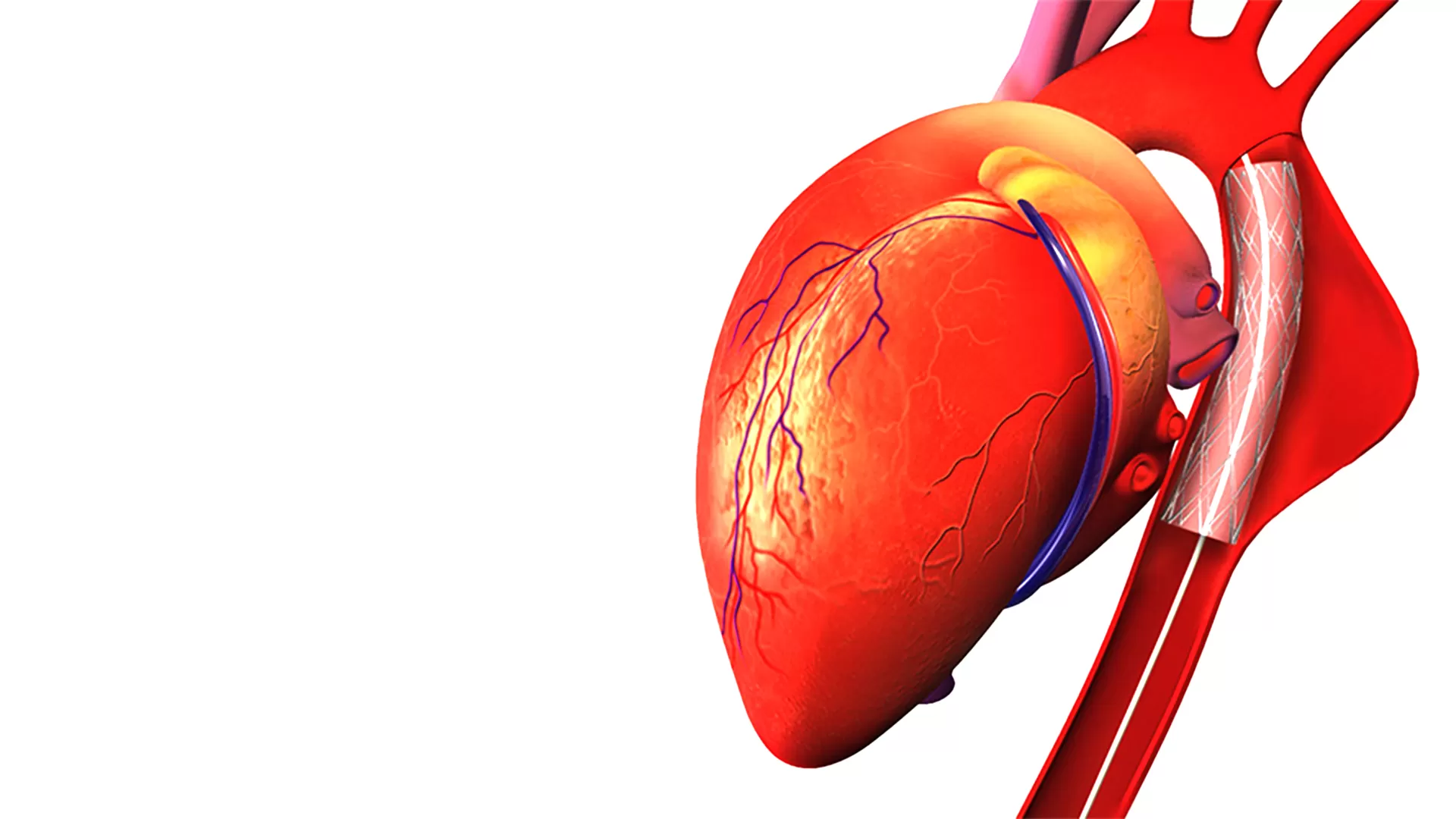

 Arabic
Arabic
 German
German
 Persian (Farsi)
Persian (Farsi)
 Russian
Russian
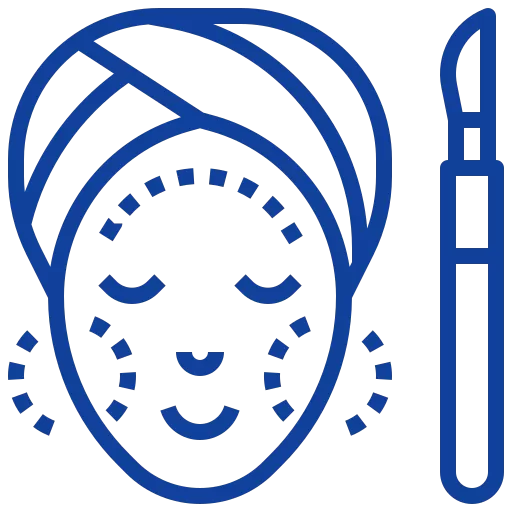 Beauty
Beauty

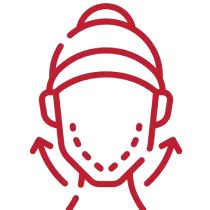

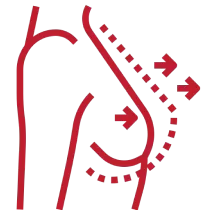
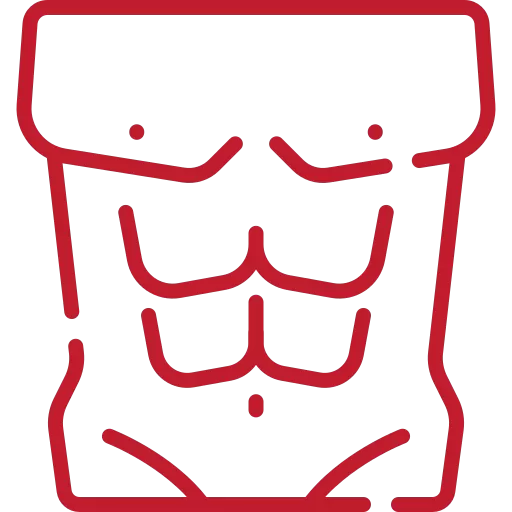

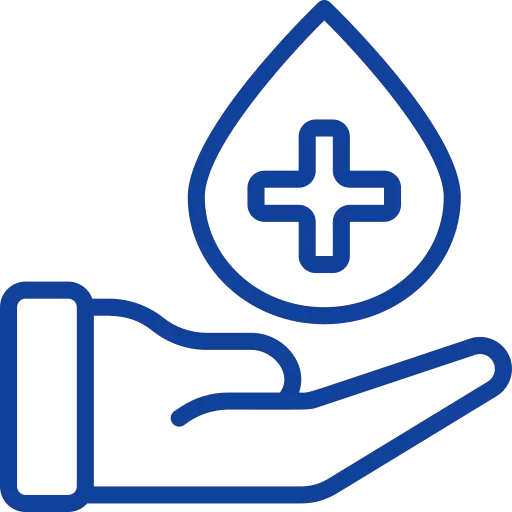 Medical
Medical
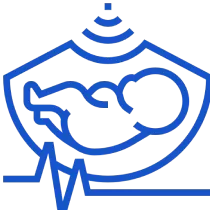


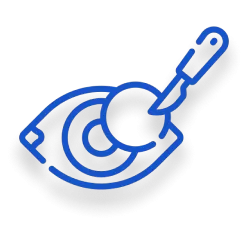
 Hotels
Hotels
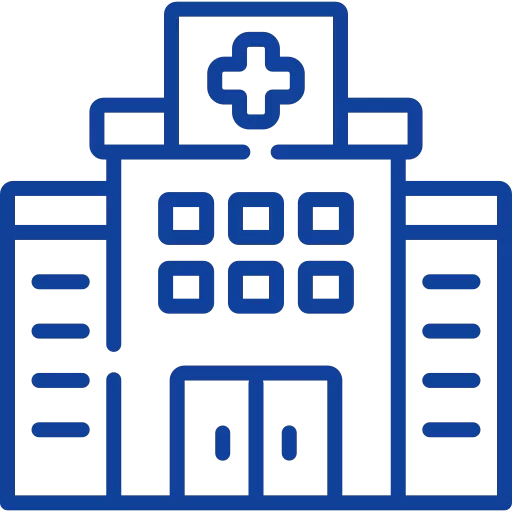 Hospitals
Hospitals






























![Frequently asked question about [name]](/v2tem/images/pages/service/faq-image.webp)
